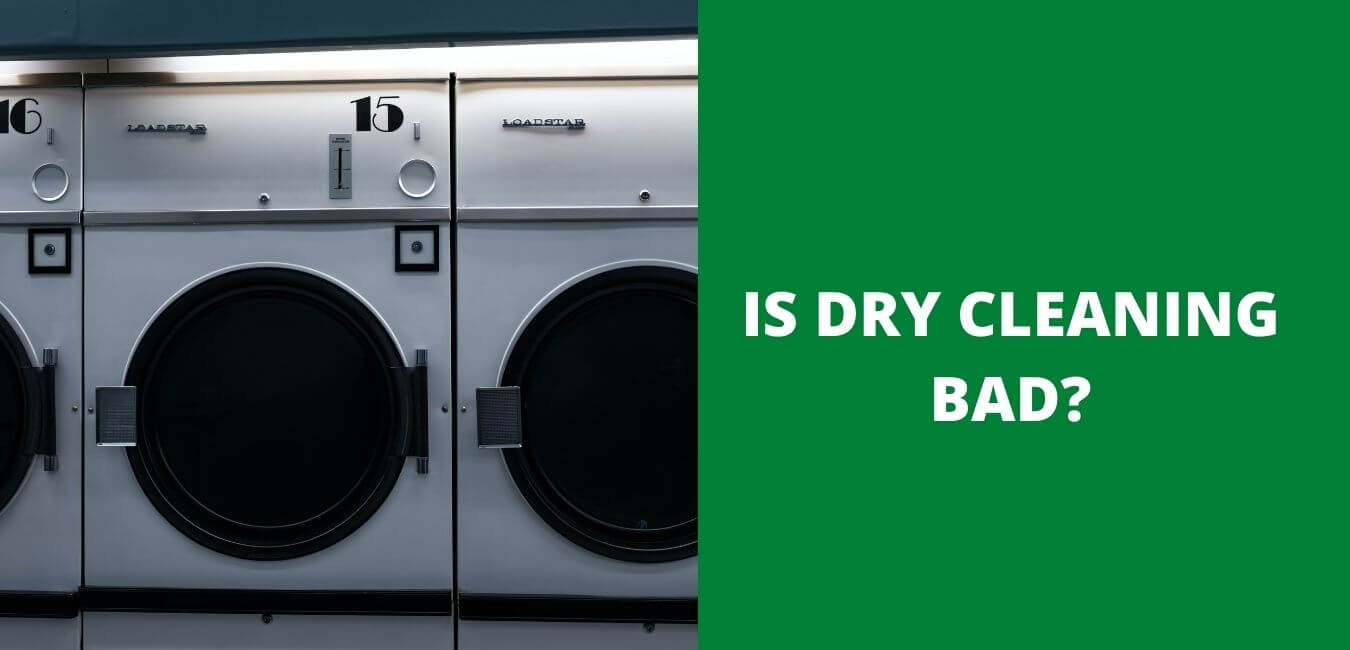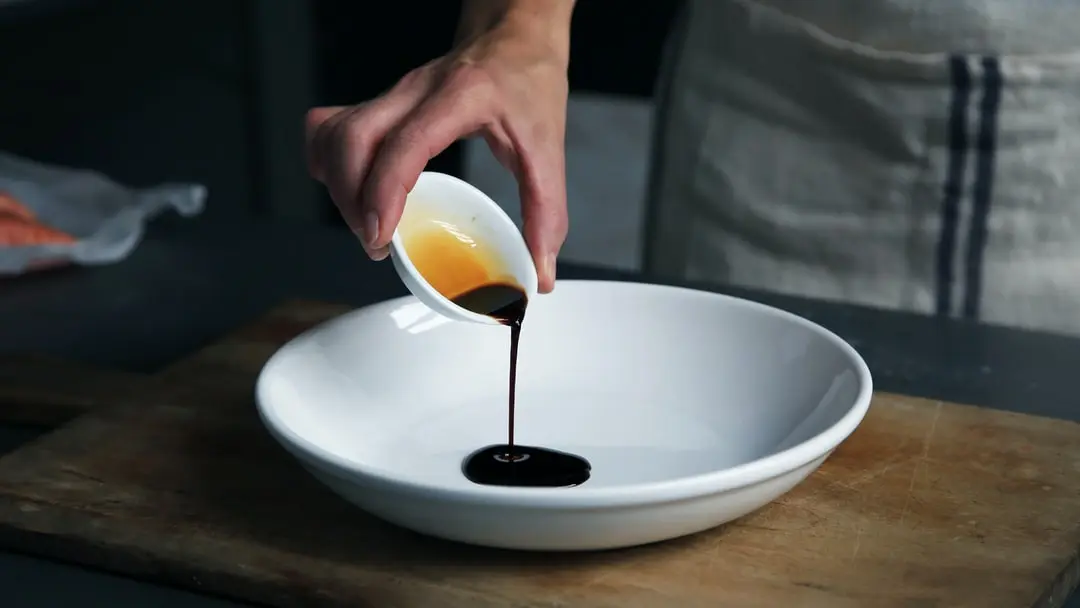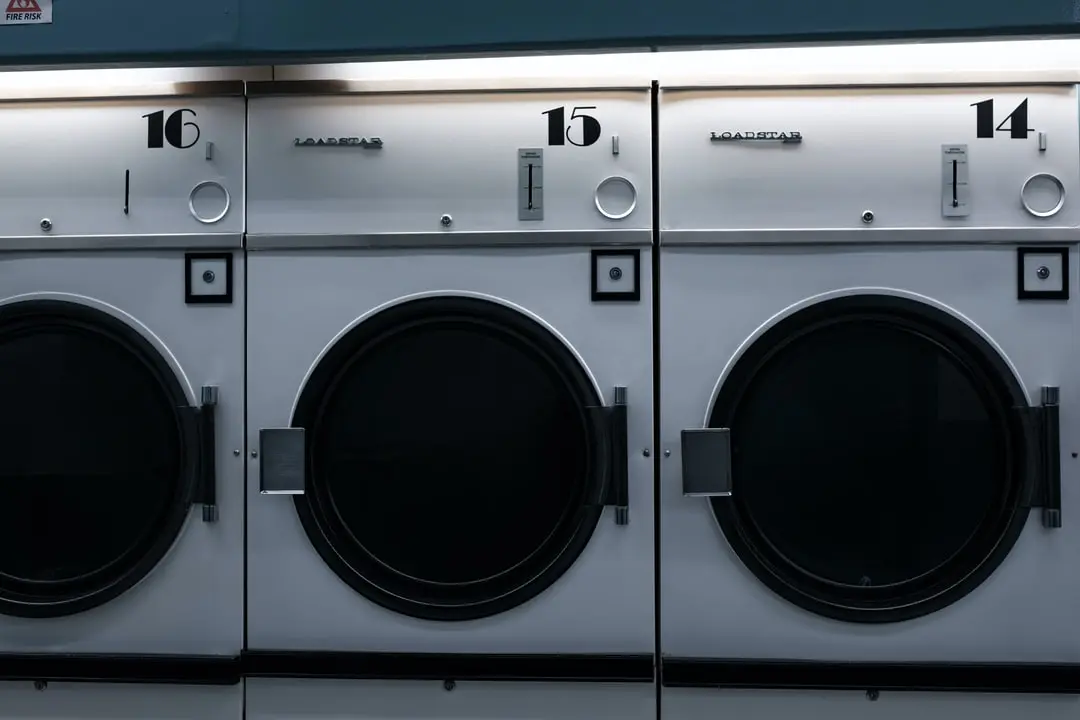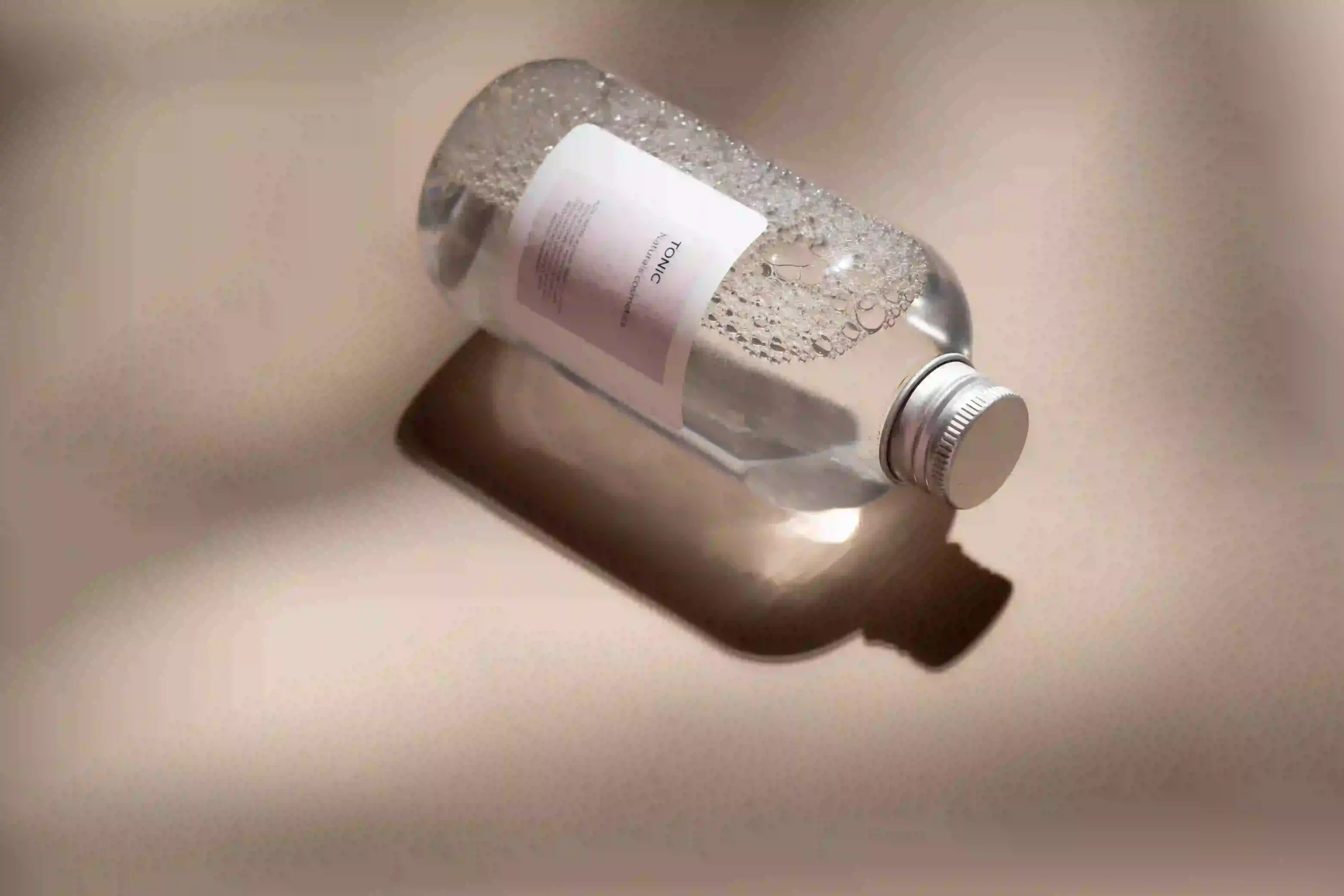Laundry day can bring up a range of questions, including “When should I add a fabric softener to the washing machine?” Many are unaware that the timing of adding fabric softener remarkably impacts clothes’ feel and longevity.
This article provides easy-to-follow guidelines on the best time to add your liquid comfort to achieve optimal results. So let’s dive into illuminating this seemingly simple yet crucial aspect of laundry care!
KEY INFORMATION
- The best time to add fabric softener to the washing machine is during the final rinse cycle.
- Adding fabric softener during the rinse cycle helps distribute it evenly and makes clothes softer while reducing static cling.
- If your washing machine has a fabric softener dispenser, you can add it at the beginning of the wash cycle.
- If your machine doesn’t have a dispenser, you can manually add a fabric softener during the final rinse cycle or use a fabric softener ball.
How to Use Fabric Softener In the Washing Machine
To use fabric softener in the washing machine, start by filling the fabric softener dispenser with the recommended amount of liquid fabric softener.
1. Fill the fabric softener dispenser
Put the softener in the dispenser. This is at the start of the wash cycle. Your machine will let out the softener when it needs to. If you have an older machine, do this at the final rinse cycle time.
For best results, follow your machine maker’s rules on using fabric softener.
2. Add fabric softener to the final rinse cycle
During the final rinse cycle, it is the best time to add fabric softener to the washing machine. This helps distribute the softener evenly, making your clothes feel softer and reducing static cling.
It’s important to add it during the rinse cycle rather than the wash cycle to avoid any chemical residue that may be left behind by the softener. If your washing machine has a fabric softener dispenser, you can simply pour in the liquid fabric softener and let it automatically mix with water during this cycle.
However, if your machine doesn’t have a dispenser, you can manually add fabric softener at this point or use a fabric softener ball. Remember to check your washing machine’s manual for specific instructions on using fabric softeners.
3. Use a fabric softener dispenser ball
If your washing machine doesn’t have a fabric softener dispenser, you can use a fabric softener dispenser ball. This handy tool can be filled with liquid fabric softener and added to the drum of your washing machine before starting the wash cycle.
As the machine agitates, the ball will release the softener into the water, ensuring that it reaches your clothes evenly. This is an easy and convenient way to add fabric softener if you don’t have an automatic dispenser in your machine.
Tips for Using Fabric Softeners

When your washing machine doesn’t have a fabric softener dispenser, you can manually add the fabric softener during the final rinse cycle.
When to add fabric softener if your washing machine doesn’t have a dispenser
If your washing machine doesn’t have a fabric softener dispenser, you can follow these steps to add fabric softener at the right time:
- Start the wash cycle as usual with laundry detergent.
- When it’s time for the final rinse cycle, pause the machine.
- Add your chosen fabric softener manually to the water in the drum.
- Resume the cycle and let it finish.
- By adding fabric softener during the rinse cycle, you can still achieve soft and fresh-smelling laundry.
Can you add fabric softener at the beginning of the wash cycle?
If you have a modern washing machine with a fabric softener dispenser, you can add the fabric softener at the beginning of the wash cycle. The machine will automatically dispense it during the process.
However, if your washing machine doesn’t have a dispenser, it’s best to add the fabric softener during the final rinse cycle. This ensures that the softener is distributed evenly and helps achieve better results.
Adding fabric softener at the beginning of the wash cycle may leave behind chemical residue that can affect your clothes. So, follow your washing machine’s instructions or use a manual fabric softener dispenser if needed.
Fabric softener alternatives
- Wool dryer balls: These natural alternatives to fabric softeners can help reduce static and soften clothes in the dryer.
- Vinegar: Adding a half cup of white vinegar to the rinse cycle can help soften clothes and remove odors.
- Baking soda: Adding a quarter cup of baking soda to the wash cycle can naturally soften fabrics.
- DIY fabric softener: You can make your own fabric softener by mixing water, vinegar, and essential oils. This homemade solution is cost-effective and eco-friendly.
- Fabric conditioner sheets: These reusable sheets are an alternative to liquid fabric softeners and can be added directly to the dryer.
- Air drying: Skipping the dryer altogether and air drying your clothes can also help keep them soft without using fabric softener.
Common Questions and Concerns About Using Fabric Softener

Does fabric softener affect the absorbency of towels? Find out the answer to this and other concerns about using fabric softeners in our latest blog post!
1. Does fabric softener affect the absorbency of towels?
Fabric softeners can affect the absorbency of towels. The chemicals in fabric softeners can leave a residue on the fibers of the towel, making it less absorbent. If you want your towels to be as absorbent as possible, it is best to avoid using fabric softeners.
2. Can fabric softener cause allergies or skin irritation?
Fabric softeners can sometimes cause allergies or skin irritation. This is because some people may be sensitive to the chemicals used in fabric softeners. These chemicals can come into contact with your skin when you wear clothes that have been treated with fabric softener.
If you notice any redness, itching, or rashes after using fabric softener, it’s best to stop using it and try an alternative option instead. It’s always a good idea to read the labels and follow the manufacturer’s instructions when using any laundry products.
3. Can fabric softener be used on all types of fabrics?
Fabric softener can be used on most types of fabrics. It helps to make clothes feel softer and reduces static cling. However, there are some fabrics that may not be suitable for fabric softeners, such as athletic wear made from moisture-wicking materials or flame-resistant clothing.
It is important to check the care label on each garment before using fabric softener to ensure compatibility.
4. When should I add fabric softener to the washing machine?
You should add a fabric softener during the rinse cycle of your laundry after the detergent has been washed away.
5. Can I add fabric softener at the beginning of the wash cycle?
No, it is best to add a fabric softener during the rinse cycle so that it can properly coat and soften your clothes.
6. What happens if I forget to add a fabric softener during the rinse cycle?
If you forget to add a fabric softener during the rinse cycle, you can pour it in manually before starting a second rinse or use dryer sheets when drying your clothes.
7. How much fabric softener should I use for each load of laundry?
The amount of fabric softener needed depends on the size of your load and your personal preference. Follow the instructions on the product’s label for proper usage guidelines.
Conclusion and final thoughts
In conclusion, the best time to add fabric softener to the washing machine depends on your machine’s type and age. For older machines, add it during the final rinse cycle. If you have a modern machine with a softener dispenser, you can add it at the beginning of the wash cycle.
Following these steps will help make your clothes softer and reduce static cling while ensuring that the fabric softener is distributed evenly for better results.









